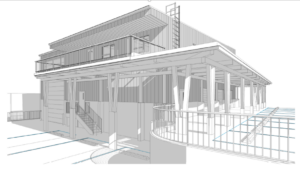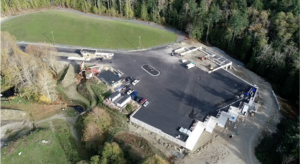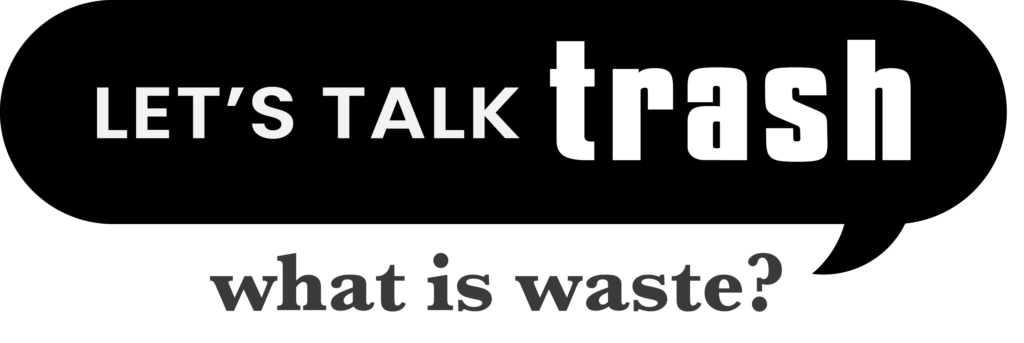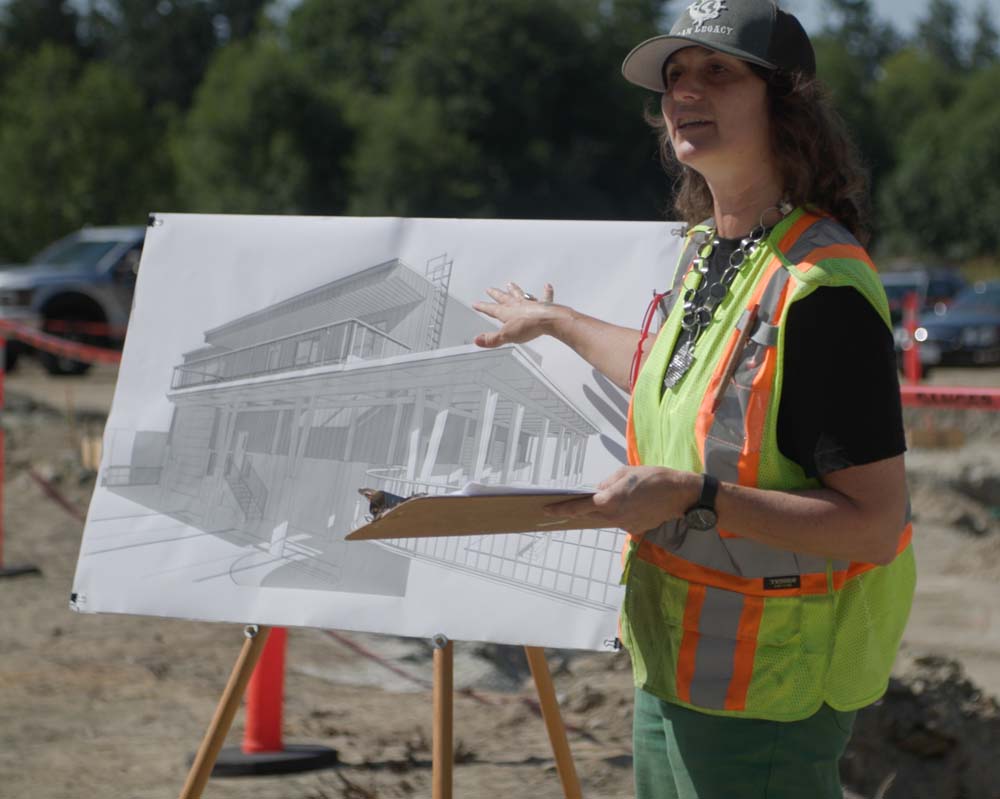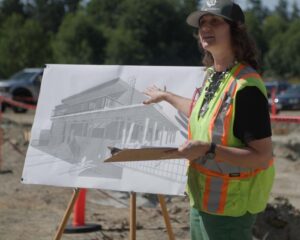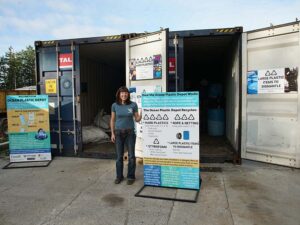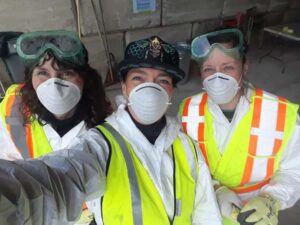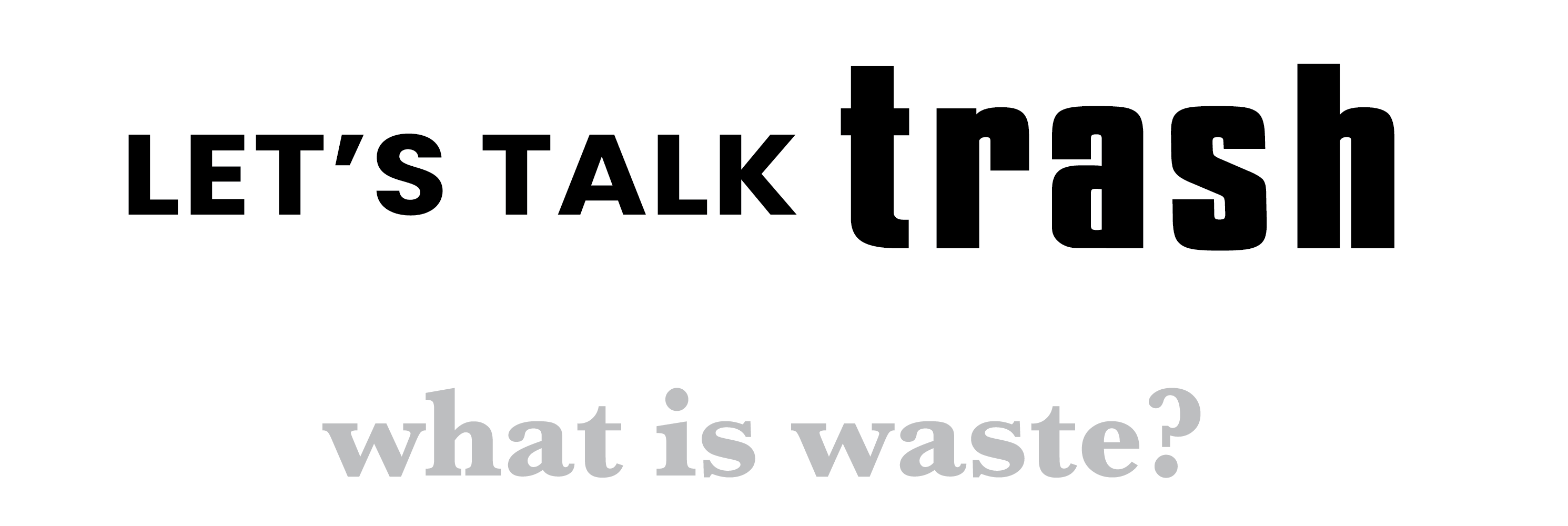The ‘Marine Avenue site’, located in qathet, BC was the home of a pit burner incinerator, used to burn garbage from 1971-1994.
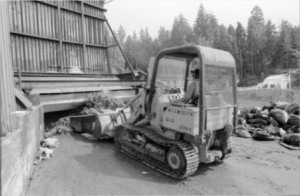
In 2005, the Ministry of Environment and Climate Change Strategy (MOE) designated the old incinerator site as a contaminated site that required closure and remediation to meet MOE standards. The Marine Avenue site sat exposed and abandoned for several years before a 2013 closure plan was put in place.
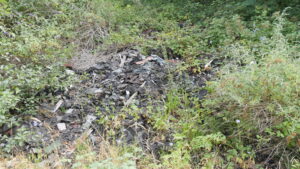
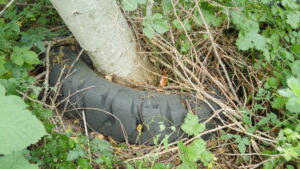
Let’s Talk Trash (LTT) worked closely with the qathet Regional District (qRD) to envision what was possible for the site, during and post closure. Through the site closure and Solid Waste Management Plan update process, Let’s Talk Trash, together with the Manager of Asset Management for the qRD put forward the vision to build a Resource Recovery Centre (RRC). The RRC was designed to provide opportunities for waste reduction and diversion in a central one-stop-drop location. Our team was engaged to help achieve this vision. This included identifying materials and facilitating their reuse onsite during the site closure and facility design process and continuing on through facility operations.
Keeping it local
Engaging community and finding creative ways to keep and reuse waste materials within the site design instead of shipping materials “away” was a huge priority for LTT. Waste materials including metal, tires, glass, concrete and asphalt were identified as valuable and divertable materials for reuse on site. Let’s Talk Trash engaged local contractors and artists to incorporate waste materials into the facility design.
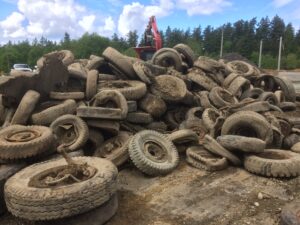
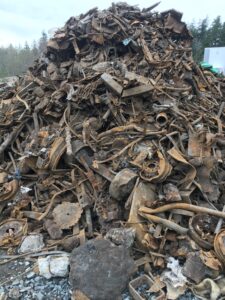
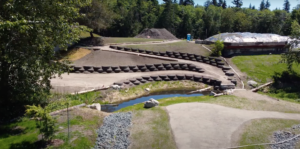
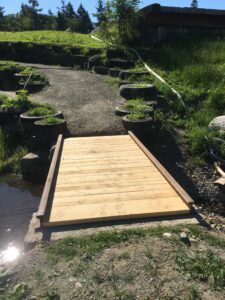
The goal of the RRC
Let’s Talk Trash was integral to the project by ensuring the design include infrastructure to support waste diversion for reuse. There are a myriad of community benefits that emerge from the full circle systems approach we took to ensure the RRC reaches its full potential, including:
• Building a local circular economy across sectors through facilitating opportunities for diversion and reuse
• Investing in the reuse economy by designing site infrastructure to facilitate access to the feedstock of ‘waste’ materials to increase supply and demand in local secondary markets
• Providing lower cost waste diversion options (i.e., source separated clean wood waste) for the construction/deconstruction sector
• Creating low-barrier employment opportunities, supporting non-profit sector social programs and providing low-cost building supplies to residents and builders
• Reducing financial burdens for residents by reducing the amount of waste shipped to landfill and the upstream/downstream impacts of waste and associated impacts (i.e., greenhouse gas emissions)
• Supporting new and existing industry and the emergence of a local deconstruction sector
• Building local resiliency to buffer compounding issues due to disruptions, inflation, global shipping and material supply challenges
• Facilitating an educational hub with opportunities for skills training, research, repair workshops and educational tours
